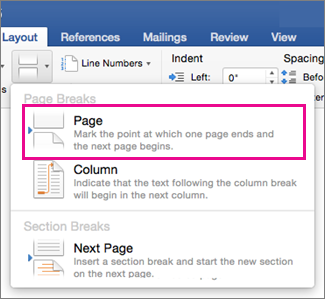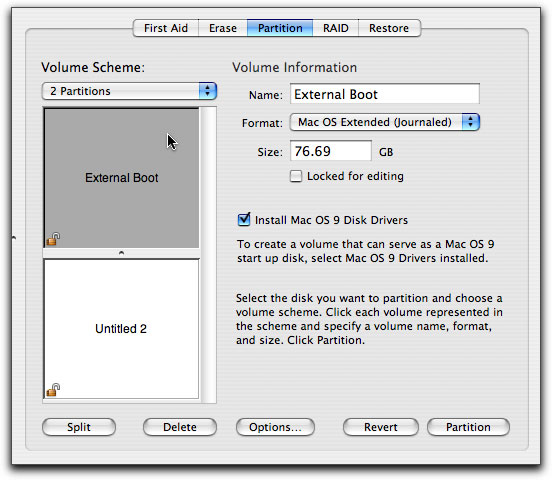How Should A Hard Drive Be Formatted For Mac Os
The Mac OS X operating system is designed to make formatting the hard drive easy, quick and painless. The disk utility application includes tools and settings that are user-friendly even for Mac beginners. To use HFSExplorer, connect your Mac-formatted drive to your Windows PC and launch HFSExplorer. Click the “File” menu and select “Load File System From Device.” It will automatically locate the connected drive, and you can load it. You’ll see the contents of the HFS+ drive in the graphical window. Rather than use a Mac-formatted drive, you should get the important files off of it and use exFAT-formatted drives for moving data between Macs and PCs. Top apps for mac 2016. To format the drive in Windows, right-click it in the File Explorer window and select “Format.”.
Can A Hard Drive Be Completely Erased
• Launch Disk Utility, located in /Applications/Utilities. • Tip: Disk Utility is a handy app to have easily available, so we recommend. • From the left-hand pane, which contains a list of drives and volumes connected to your Mac, select the drive you wish to format. (Drives are the top-level devices, with volumes appearing indented and below the drives. Drives also have a disclosure triangle next to them that can be used to reveal or hide the volume information.) • The selected drive’s information will be displayed, including a partition map, capacity, and S.M.A.R.T. • Click the Erase button at the top of the Disk Utility window, or select Erase from the Edit menu.
 • Converting selected text to a table: You can select a range of delimited text (in which the table elements are separated from each other by spaces, commas, or some other character) and convert it into a table.
• Converting selected text to a table: You can select a range of delimited text (in which the table elements are separated from each other by spaces, commas, or some other character) and convert it into a table.
• A panel will drop down, warning you that erasing the selected drive will destroy all data on the drive. It will also allow you to name the new volume you're about to create. Select the format type and partition map scheme to use (see below). • In the Erase panel, enter the new name for the volume you're about to create. • In the Erase panel, use the drop-down Format field to select from the following: • OS X Extended (Journaled) • OS X Extended (Case-sensitive, Journaled) • OS X Extended (Journaled, Encrypted) • OS X Extended (Case-sensitive, Journaled, Encrypted) • MS-DOS (FAT) • ExFat • OS X Extended (Journaled) is the default Mac file system, and the most common choice. The others are used in specific circumstances that we won’t go into in this basic guide.
• In the Erase panel, use the drop-down Scheme field to select the: • GUID Partition Map • Master Boot Record • Apple Partition Map • GUID Partition Map is the default selection and will work for all Macs using Intel processors. The other two choices are for specific needs that, once again, we won’t be going into at this time. Make your selection. • In the Erase panel, after you have made all of your selections, click the Erase button.
But you can also easily reuse the queries In fact, CocoaMySQL has a handy query library where you can save and recall commonly used queries. This is a great way to learn SQL, among other things. The last reason CocoaMySQL is now my favorite is that it provides an optional console that slides out in a bottom drawer. Mac mysql client. When it’s open, you can peruse all the queries that get sent to the server with each click you make on the user interface.

• Disk Utility will erase and format the selected drive, resulting in a single volume being created and mounted on your Mac’s desktop. • Click the Done button.
In this video I show you how to reinstall MAC OS X on your apple computer. This method should work on all apple computers and with all recent versions of MAC OS.
For this guide I used a friends Macbook Pro that they had accidentally formatted the entire hard drive on, erasing all of their information but also the operating system. The Yosemite installer application (Install OS X Yosemite.app) I use was downloaded from the app store. To follow this procedure you will need a flash drive / USB stick of at least 8GB capacity and another (working) apple mac or computer running MAC OS. This process can take a long time depending on the speed of your USB drive, I recommend using a USB 3.0 stick in a USB 3 port. IF YOU GET THE 'This copy of the install OS X (VERSION NAME) application can't be verified. It may have been corrupted or tampered with during downloading.'